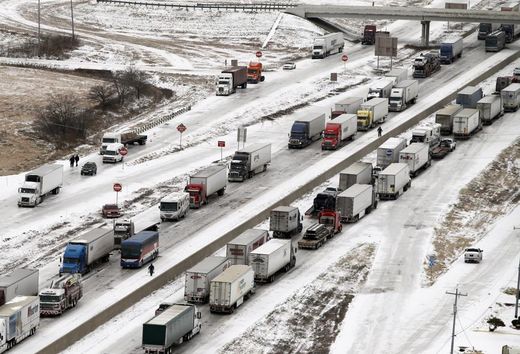
Face-stinging sleet, thick snow and blustery winds led to slick road conditions, school closures, power outages and event cancellations as the wintry blast dropped temperatures to freezing and below from Texas to Ohio to Tennessee on Friday.
In California, four people died of hypothermia in the San Francisco Bay Area while the region was gripped by freezing temperatures.
The weather created a strangely blank landscape out of normally sun-drenched North Texas: Mostly empty highways were covered in a sometimes impassable frost.
It forced the cancellation of Sunday's Dallas Marathon, which was expected to draw 25,000 runners, some of whom had trained for months. A quarter of a million customers in North Texas were left without power, and many businesses told employees to stay home to avoid the hazardous roads.
Meanwhile, around 7 inches of snow fell in northeast Arkansas and the Missouri boot heel, according to the National Weather Service in Memphis. Ice accumulated on trees and power lines in Memphis and the rest of West Tennessee after layers of sleet fell throughout the region Friday.
The storm dumped a foot of snow and more in some areas of Illinois, with police scrambling to respond to dozens of accidents and forced scores of schools to remain closed.
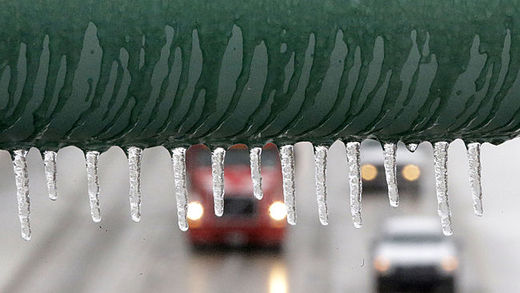

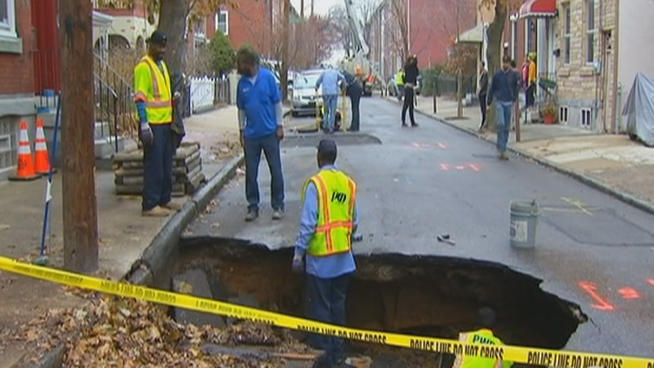

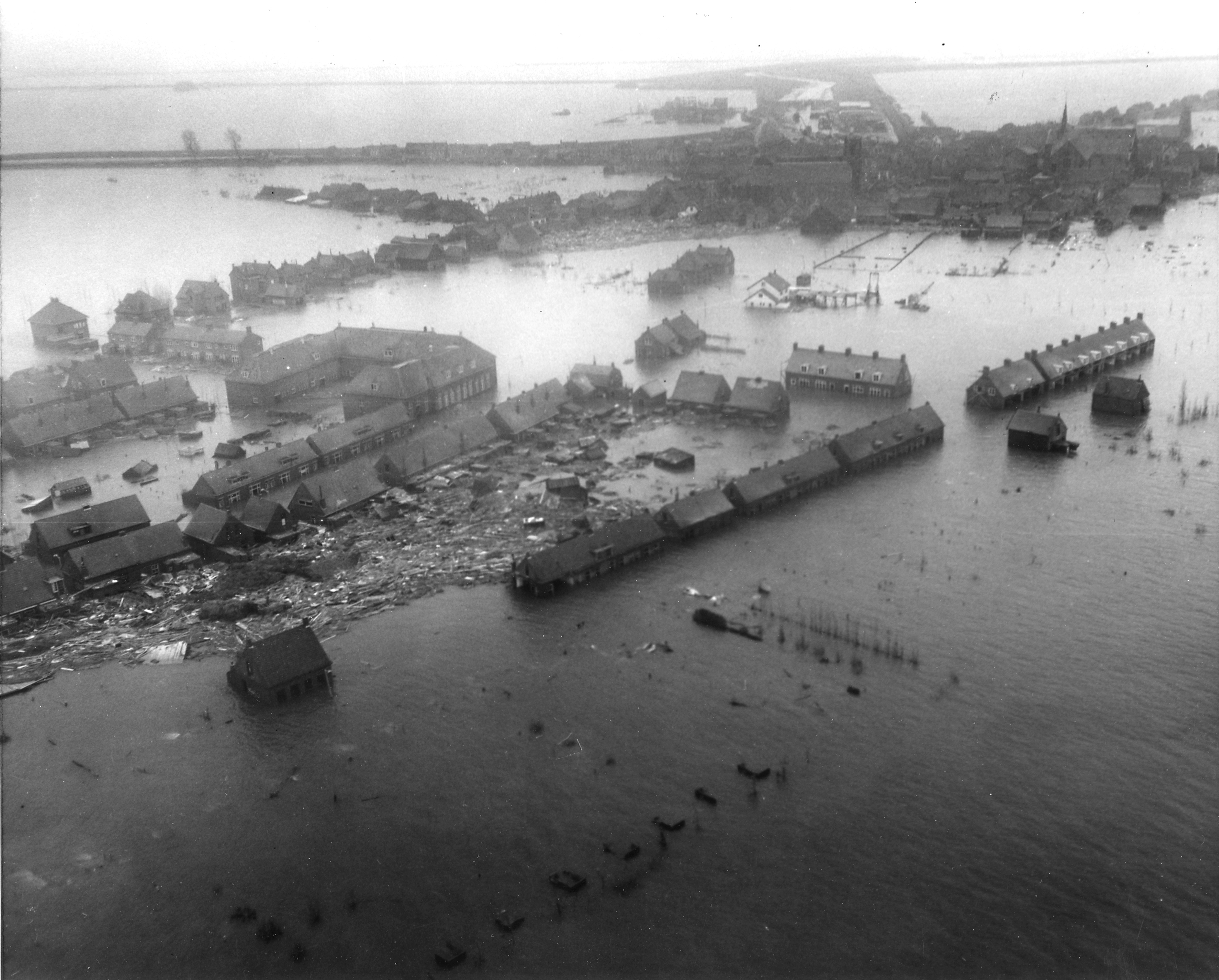
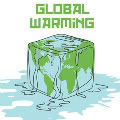
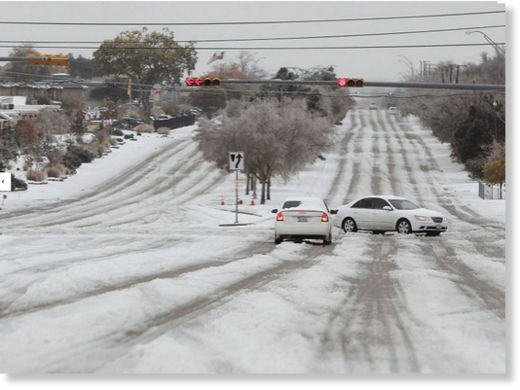



Comment: What's going on in Philly?
July 2013: Massive sinkhole swallows entire intersection in Philadelphia!